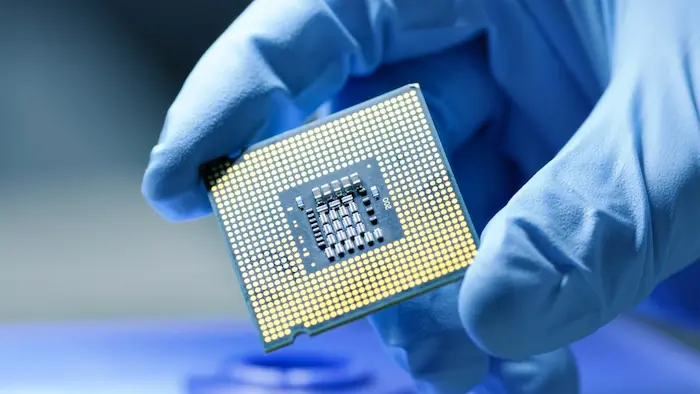
This landmark $11 billion initiative aims to reduce chip import dependency and position India as a global tech manufacturing hub
From Dependency to Dominance: India’s Semiconductor Leap
Chip Fab in Gujarat – For decades, India’s booming tech sector has been paradoxically dependent on imported semiconductors. From smartphones and laptops to defense systems and electric vehicles, chips are the invisible lifeblood of modern electronics. Yet, India lacked a domestic fab capable of producing them at scale.
That changed in June 2025, when Tata Electronics officially launched construction of India’s first full-scale semiconductor fabrication plant in Dholera, Gujarat. Backed by a staggering ₹91,000 crore ($11 billion) investment, the facility is a joint venture with Powerchip Semiconductor Manufacturing Corporation (PSMC) of Taiwan.
This isn’t just a factory it’s a strategic statement. The plant will process up to 50,000 wafers per month, spanning mature nodes like 28nm, 40nm, and 90nm, which are still in high demand for automotive chips, industrial MCUs, and power electronics.
The fab is also AI-powered, using machine learning for yield optimization, predictive maintenance, and factory automation. It’s designed to serve both domestic and global markets, with chips destined for telecom, 5G, AI, and consumer electronics.
Taiwan Tech Meets Indian Ambition: The Tata-PSMC Alliance
The partnership between Tata Electronics and PSMC, Taiwan’s seventh-largest pure-play foundry, is a masterstroke in technology transfer. PSMC brings decades of experience in logic and memory chip manufacturing, while Tata provides scale, capital, and access to India’s vast talent pool.
Under the agreement, PSMC will license a broad portfolio of technologies and provide engineering support to build a state-of-the-art greenfield fab. The collaboration also includes Tokyo Electron Limited (TEL) from Japan, which will supply advanced equipment.
This tri-nation alliance is more than symbolic—it’s a blueprint for supply chain resilience. With global chip shortages and geopolitical tensions disrupting semiconductor flows, India’s entry into fabrication offers an alternative to over-reliance on Taiwan, South Korea, and the U.S.
The fab is part of India’s Semicon India Program, a ₹76,000 crore initiative to build a vertically integrated chip ecosystem. Tata’s plans include two more fabs in Gujarat and an OSAT (Outsourced Semiconductor Assembly and Test) facility in Jagiroad, Assam, which will begin operations by mid-2025.
Strategic Impact: Jobs, Innovation, and Global Relevance
The Dholera fab is expected to generate over 20,000 direct and indirect skilled jobs, with Gujarat preparing 1,500 housing units for engineers, suppliers, and staff. Tata’s multi-fab vision could create 100,000+ jobs over the next decade.
Beyond employment, the fab anchors a broader semiconductor ecosystem, from design centers and training hubs to vendor development and startup incubation. IITs and polytechnics are already aligning curricula to support chip design and fabrication skills.
India’s annual semiconductor import bill has crossed ₹20 billion, and the Dholera fab could significantly reduce this burden. More importantly, it positions India as a trusted supply-side ally in the global chip race, especially as countries like the U.S. and EU seek to diversify away from East Asia.
Union Minister Ashwini Vaishnaw confirmed that sample chips could roll out by September or October 2025, with full-scale production expected by December 2026. For India’s ambitions in AI, telecom, and defense electronics, this timeline is crucial.
Conclusion:
Tata’s semiconductor fab in Dholera isn’t just a manufacturing milestone—it’s a declaration of intent. India is no longer content to be a passive consumer in the tech world. With strategic partnerships, bold investments, and a vision for self-reliance, it’s fabricating the future, one wafer at a time.
Stay updated with the latest news on Rapido Updates. Keep yourself updated with The World, India News, Entertainment, Market, Automobile, Gadgets, Sports, and many more
First Indigenous Semiconductor by 2025 – Silicon Sovereignty: India’s Bold Leap into Chipmaking
India’s Electronics Revolution: Breaking Beijing’s Grip and Forging Strategic Tech Alliances
1 thought on “Tata’s USD 11B Chip Fab in Gujarat Accelerates India’s Digital Destiny”